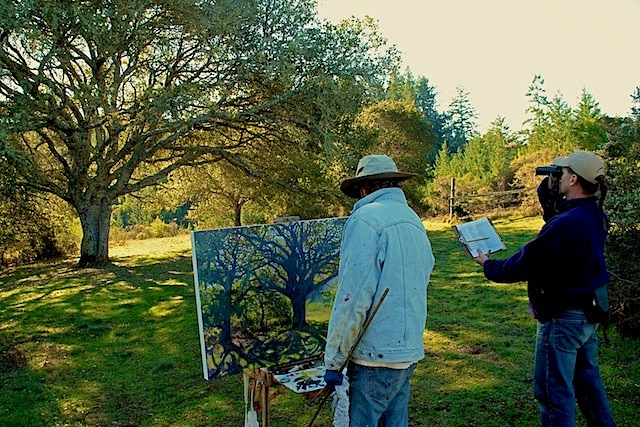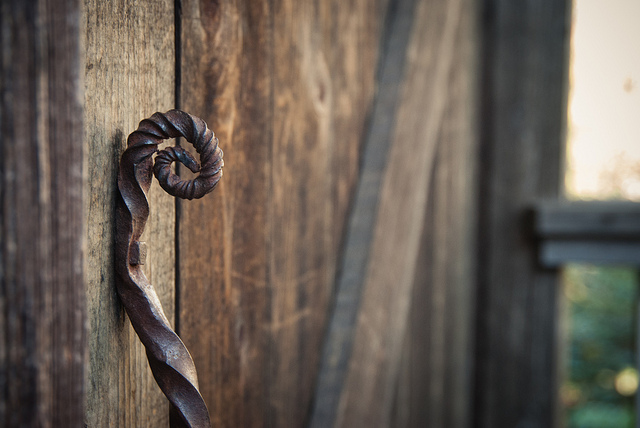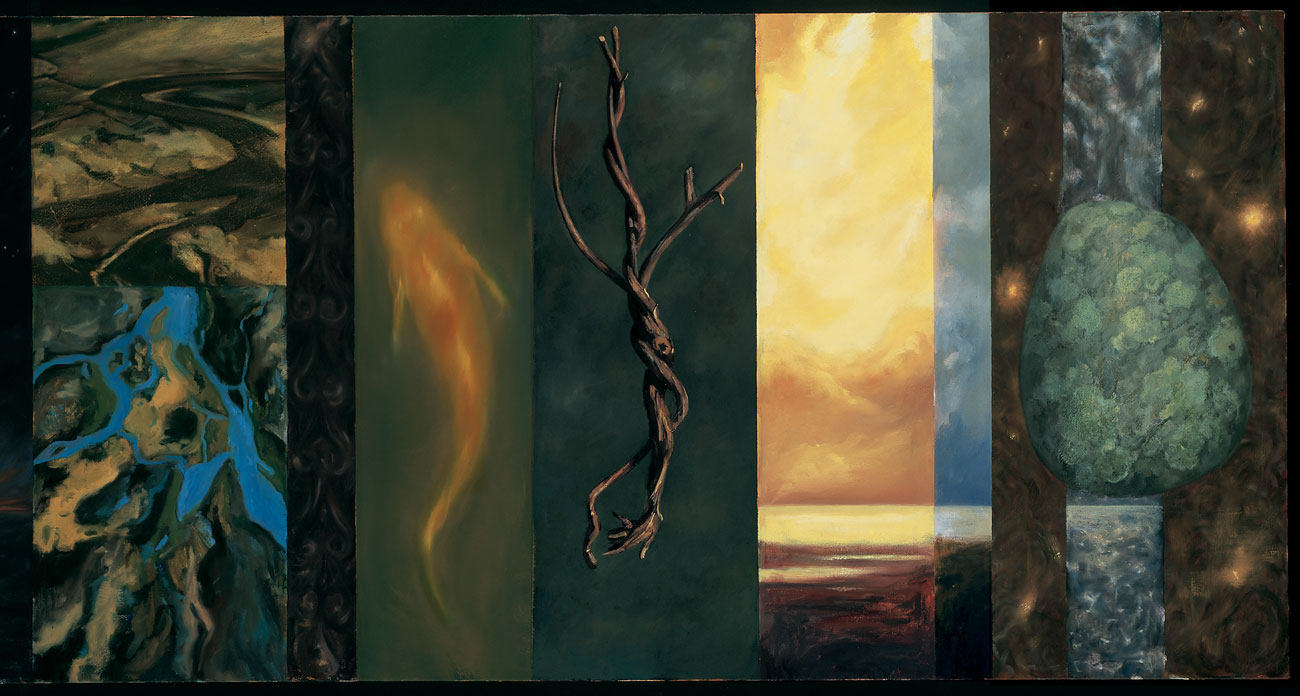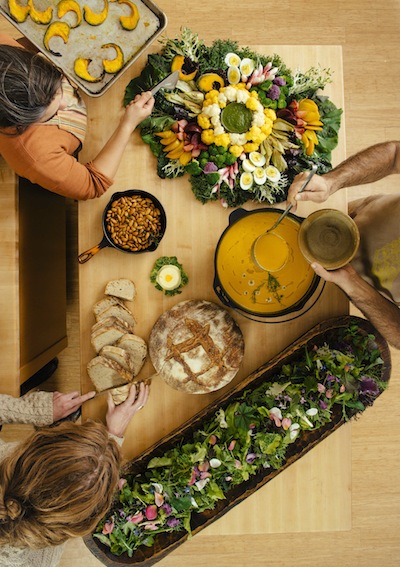Ecology means “study of home.” It examines the relationships between organisms and their environments — which includes people and their cultural environments. Because cultures and societies are born out of our interrelationship with the natural world, we understand the “sociosphere” to be part of the broader study of ecology.
Creativity, imagination, inspiration, and beauty are integral parts of human experiences and relationships, but they are often relegated to the discrete sphere of “the arts.” At the Occidental Arts & Ecology Center, we think about art as a process and approach — one that engages the whole being. We study nature knowing that we are part of nature, and aspire to come into whole relationship with place rather than to simply own, steward or study it. For these reasons, we embrace ecology as the study of whole systems — of life as an integration of science and art, creativity and emotion.


For humanity to adapt to the extraordinary challenges of our time, our communities must overcome fragmented thinking and become more integrated, interdependent and whole. Embracing the connection between art and ecology fosters integration in our thinking, our lived experience, our society and our relationship with the natural world. We believe that an essential part of healing and restoring our culture is reuniting ecology with art, knowledge with reverence, pragmatism with beauty, and observation with awe; furthermore, that when people apply themselves to a task as integrated human beings, their work is elevated to an art form.
By embracing the link between art and ecology, we hope to help weave a stronger, more integrated social and cultural fabric.
Creativity is place-based cultural expression.
The ability to create and appreciate beauty can be an evolutionary result of comfort and safety in place. Because of disenfranchisement, isolation and other issues stemming from the global economic system, however, many of us are disconnected from the places our ancestors evolved to appreciate and understand. Creating art in place, then, is a form of “remembering our way.”
The more reconnected we are to natural systems, the more we are able to be right actors in relation to nature. Similarly, the more tapped in we are to our innate creativity — both culturally and personally — the happier and more resilient we are. Art, then, is key for building community resilience.

Read an essay by resident artist Adam Wolpert: Reflections on Art and Permaculture
Art in Action AT OAEC
Visual Tour
See art in action at OAEC through beautiful photographs. Visual Tour >
Performances
Inspiring social change isn’t just about presenting facts and figures, but also about appealing to the human need for mythology and meaning. Our Chautauqua Series performances honor the power of the arts to influence thought and bring communities together. Performances >
OAEC Cookbook
Our “biodiversity cookbook” reflects the artistry of seasonal cooking for large groups. OAEC Cookbook >






